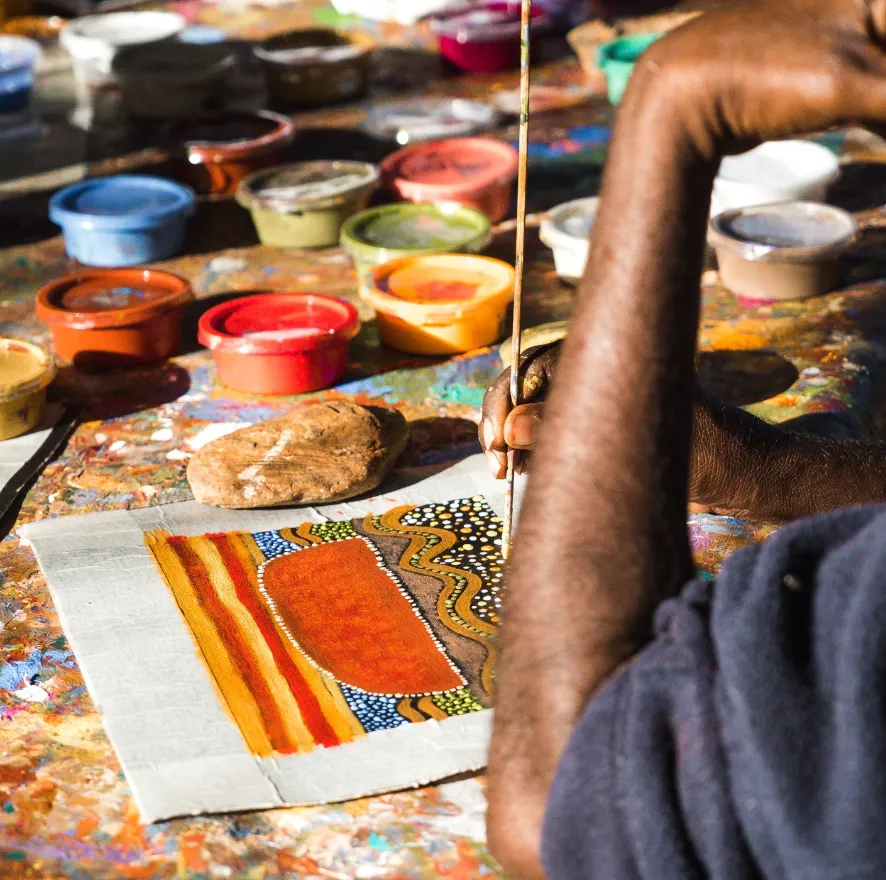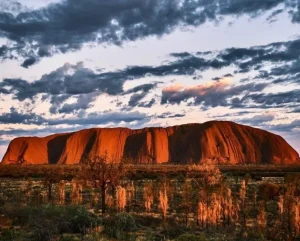Uluru, also known as Ayers Rock, is one of the most iconic natural formations in the world and is located in Central Australia. This rock formation juts out majestically from the desert floor and symbolizes natural beauty and spirituality for the Anangu who are its rightful owners, which include Uluru and Kata Tjuta. It would be impossible to fully appreciate the significance of Uluru without understanding Uluru’s place within Indigenous Australian life.
Historical Background
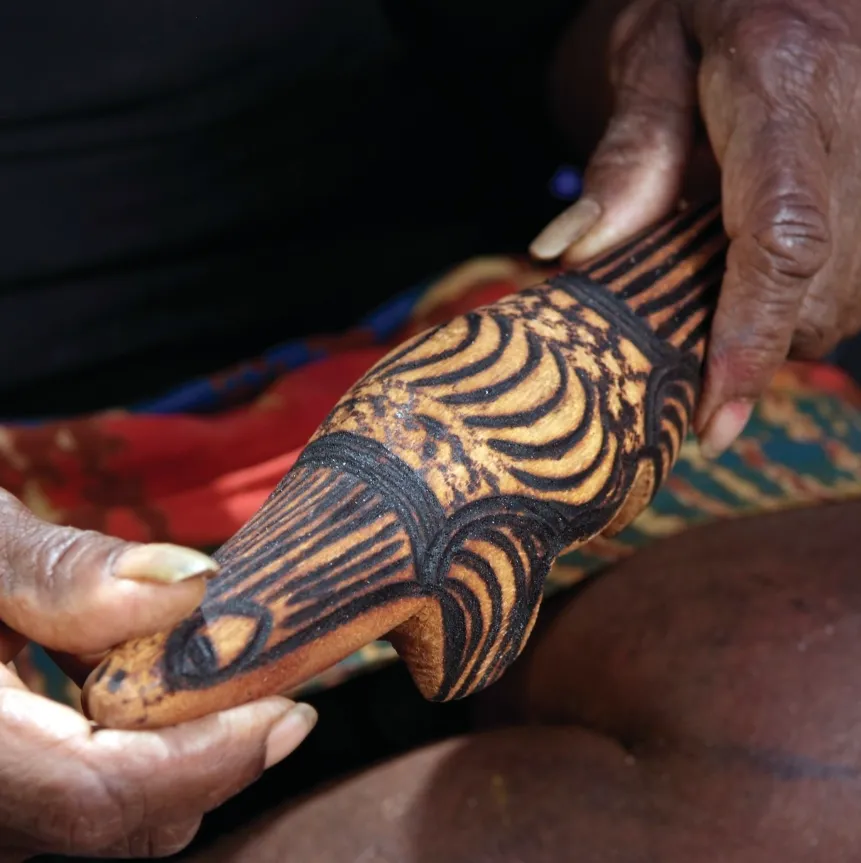
The area around Uluru and Kata Tjuta has been inhabited by Anangu people for tens of thousands of years. Ancient tools as well as rock art indicate they have been in central Australia since prehistoric times. Their stories are remembered through oral traditions; their lore reveals a deep cultural history that is interwoven with place.
Cultural Significance of Uluru
The sites have great spiritual importance to Anangu people. The belief systems of these indigenous Australians tell that both Uluru and Kata Tjuta were formed during what is called creation period or Tjukurpa in their language.
This particular period holds a special position in Anangu culture because it explains how everything began including their world, laws, life itself etc. Kuniya Tjukurpa among others tells about how landscape was initially made by ancestral spirits creating sacred sites just like Gods did during Christianity creation story but this myth represents more than just a tale but an actual part of Anangu’s being inside land.
Anangu Way of Life

Anangu lived sustainably within their environment employing subsistence strategies that had been perfected over many centuries. Knowledge about seasons hunting animals and identification of plants useful or dangerous like snakes pervade Pitjantjatjara and Yankunytjatjara languages learning process among them for longer time that elders teach us about that including poisonous snakes found there on earth surface . Dot painting is not only one of the most intricate and sophisticated art forms in the world but it also conveys rich cultural knowledge and ancestral stories for Anangu.
Land and Environmental Stewardship
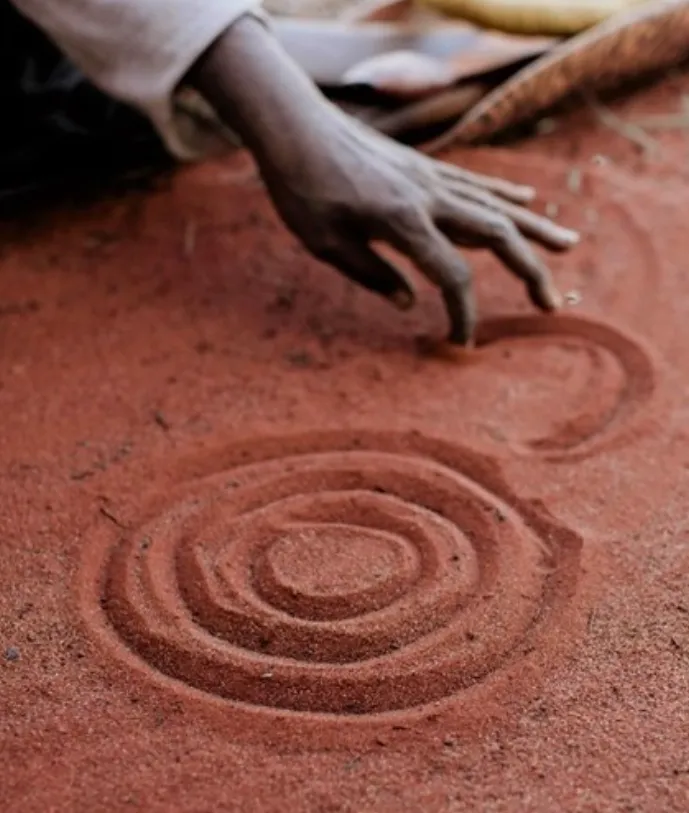
They view themselves as custodians rather than owners, with a responsibility to protect and preserve their ancestral lands. This is reflected in their sustainable practices and efforts to mitigate human impacts. Traditional knowledge combined with modern science is an approach that is seen in the cooperative relationship between Uluru-Kata Tjuta National Park (UKTNP) which they have developed with Parks Australia, joined management in order to conserve their cultural heritage. Human waste management or tourism-related environmental degradation are some of the challenges addressed via this collaboration.
Collaboration and Recognition
The relationship between the Anangu people and European colonizers has been marked by tensions, conflicts, misunderstandings and other forms of violence. Aboriginal land dispossession as well as imposition of crown land laws resulted into destruction of traditional ways of life including cultural practices. However, significant progress has been made towards recognition and reconciliation. The return of Uluru to its traditional owners in 1985 marked a pivotal moment in Australian history. Today, there exist Uluru-Kata Tjuta Board of Management who then work together with Parks Australia so that this cultural landscape can be conserved properly protected from any harm that may come upon them during unauthorized human activities on these sites.
Hardships and Modern Problems
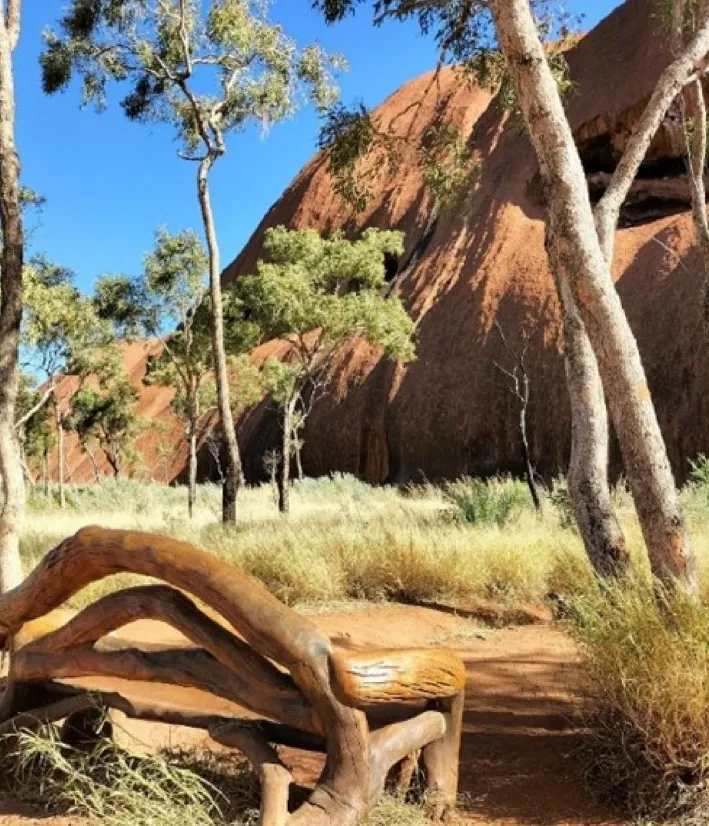
Though the Anangu are now able to communicate through technology, they still suffer from multiple social and economic challenges. The growth of tourism industry has both improved the economy and brought with it cultural and environmental strains. There has also been a struggle of reconciling economic opportunities and maintenance of cultural integrity. It is important to work on efforts that will restore Aboriginal cultures as well as improve outcomes in health, education, employment among indigenous people. At Uluru-Kata Tjuta National Park Cultural Centre, there are cultural education programs that aim at fostering mutual respect between Aborigines and non-Aboriginals.
Knowing and Appreciating Anangu Culture
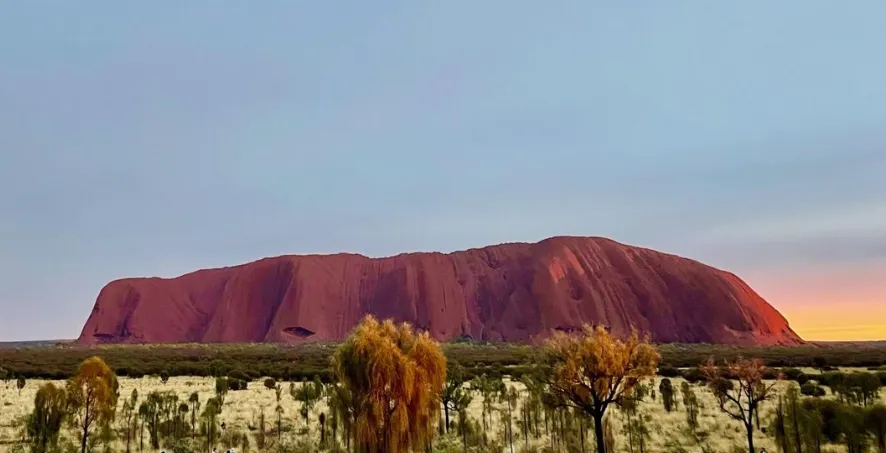
For any tourist visiting Uluru, they should get involved in a manner that respects Anangu traditions. This includes following rules designed to protect sacred places as well as appreciating their meaning. Additionally, the Cultural Center provides an opportunity for tourists to understand different aspects of Anangu’s beliefs rituals and practices.
For instance, this could include shopping at Ayers Rock Resort which supports businesses run by locals enabling them to maintain their culture. Further knowledge about Aboriginal histories, such as the Wave Hill Walk-Off, broadens our understanding of how Aboriginal people have added value to Australian society.
Uluru and Kata Tjuta are rightly sacred to the Anangu people who have known no other home. The links between their land, identity and culture are so deep that they can’t be broken. Understanding this will help us realize why it is so important to preserve not only the natural beauty but also the cultural heritage of this unique place on Earth. This partnership built by Parks Australia with Anangu shows another way in which we can achieve modern conservation goals based on traditional knowledge. By continuing to learn from and support them, we help keep one of the world’s oldest living cultures intact for coming generations. Experience the majesty of Uluru while gaining insight into the Anangu culture. Our Uluru tours offer a respectful and informative journey into this iconic area.
FAQ
Who are Anangu people?
The Anangu ancestors of the red center, better known as Uluru and Kata Tjuta in Central Australia, had been living here for thousands of years.
Why is Uluru significant to the Anangu?
Uluru is a sacred place for Anangu as they perceive it to be deeply connected with their spirituality and creation stories (Tjukurpa) which explain how the ancestral beings shaped the landscape.
How do the Anangu manage Uluru-Kata Tjuta National Park?
Anangu work together with Parks Australia through the board of management on which traditional knowledge is combined with modern conservation practices to maintain land integrity.
What can visitors do to respect Anangu culture at Uluru?
Visitors should respect sacred sites, get informed about traditions in Cultural Centre and back businesses owned by Aboriginals such as those located at Ayers Rock Resort.
What are some contemporary challenges faced by the Anangu?
Some of these include maintaining cultural integrity while managing tourism impact; there is also ongoing work to improve health, education and employment outcomes among Indigenous people.
